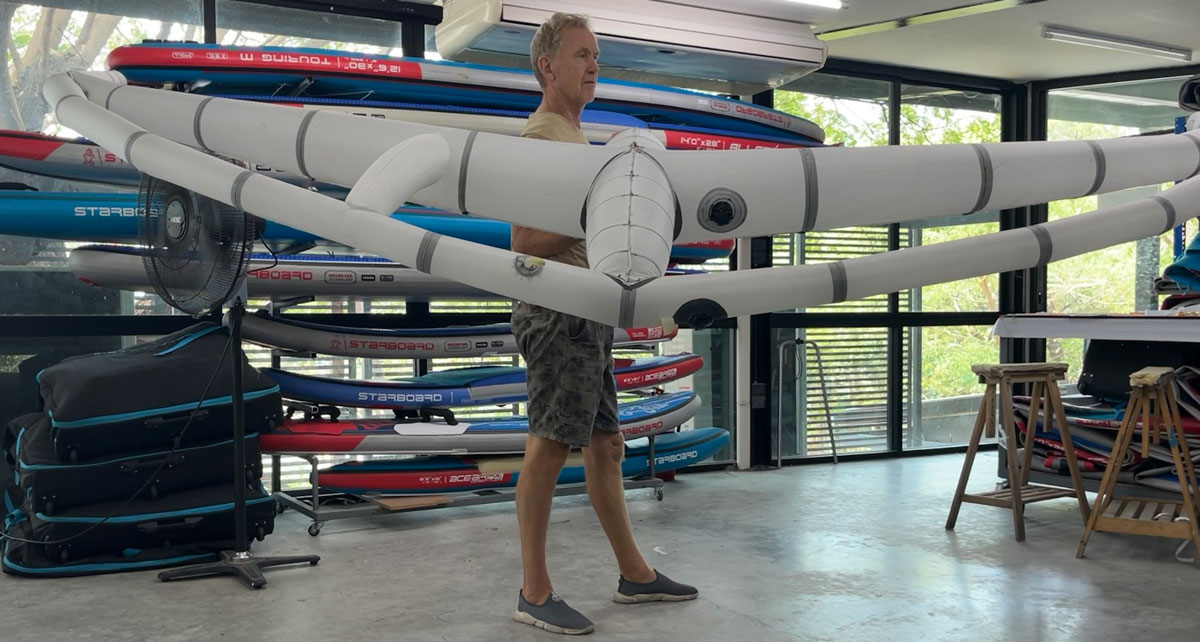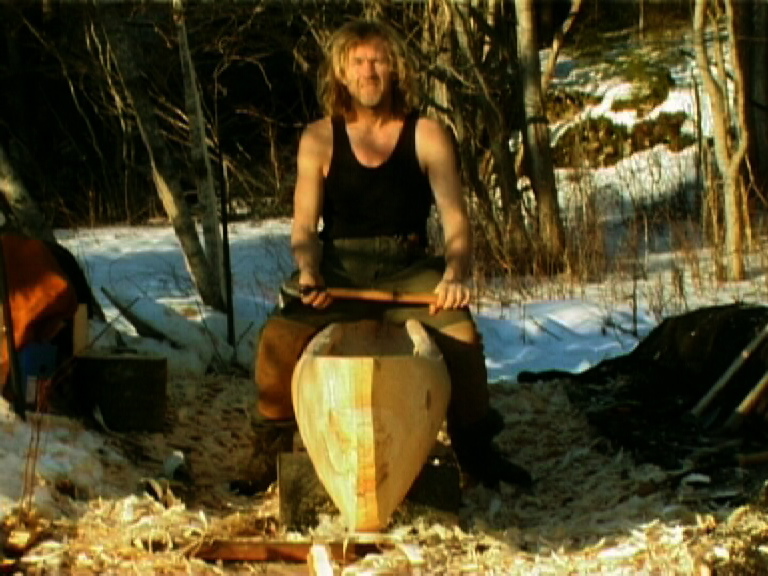Who is Jan Wanggaard?
World Champion Windsurfer and Viking Ship Sailor
In his early twenties, Jan Wanggaard won the Windsurfer Worlds, Open Class worlds, the Pan Am Cup and establishing himself as a cutting edge developer of rigs and boards.
He also created TV films and books on how to advance in windsurfing, windsurfing a new dimension.
Concurrently, Jan pursued his academic endeavors at the University of Sports in Oslo, further enriching his knowledge and skills in sailing.
Throughout this period, Jan also embarked on a journey of innovation, working with leading windsurf brands to develop sails and boards of his own design. His dedication to enhancing the sport’s technology and performance underscored his commitment to excellence.
Industrial Designer
At the peak of his career, Jan moved to England, where he dedicated five years to studying Industrial Design. With an unmatched commitment to excellence and a profound belief in the power of nature and technology, Jan has carved a remarkable path in both the business world and the area of humanitarian efforts.
Jan studying and building a log boat, the mother of all boats
Promoting Traditional Knowledge and Land Art
After his studies, Jan moved gradually towards an original and personal lifestyle, identified by a rather permanent period of nearly 15 years, based deep in the remote wilderness of the Arctic – at the Lofoten Islands in the North of Norway. Throughout his life, Jan has been closely linked to nature, and his expressions reflect these bonds.
“Nature is and has always been a central element in people’s life Lofoten. Giving and taking.”
~ Jan Wanggaard
In the past 20 years or more, Jan’s focus has been to promote traditional knowledge as part of his Land Art involvement. His main focus over the last 14 years has been on Maud Returns Home.
This is also a crossover Land-art – history recovery project that is still in the process.
“Maud Returns Home is a final initiative to bring the remains of Roald Amundsens polarship MAUD from the North West Passage, back to Vollen and Norway where she was built nearly 100 years ago. Maud sunk in shallow water 80 years ago. She rested on the seabed, close to Cambridge Bay in the North West Passage, North Canada, and she was in a state of slow deterioration.
This initiative will be the last opportunity to bring the remains of this once proud polarship back home and give it a respectable place to rest in the years to come. A future Maud Museum in Vollen will present the remains of the ship, which will become a national treasure, well taken care of. The ship and its remarkable story will be available to the world public in a ultra modern museum that will communicate the whole story of Maud and its men”
Maud Is Home
Maud arrival in Vollen 18th of August 2018 – a moment to remember
Jan Wanggaard’s Bowstring:
Jan transforming into the Bowstring
Jan is now working with the founders of FreeWing; Svein Rasmussen and Clinton Filen to bring the Bowstring concept to life, here is a short interview with Jan:
Q: What were the main goals you aimed to achieve with the Bowstring’s design?
Jan: “The new design’s thinner leading edge enables the wing to closely approximate the optimal wing profile commonly used in various applications. Additionally, positioning the Spar more centrally within the wing enhances rigidity and stability, boosting overall wing performance. Please note that the Bowstring wing concept is currently under development and a patent is pending”
Q: Are there any significant challenges you encountered during the design process and how you overcame them?
Jan: “The design process of the Bowstring is still ongoing but we have chosen to open up to the public now at this stage as we feel that can help stimulate the process.
The challenge is simply to develop an airframe for the wing that allows us to experiment with full freedom the variations of the wing profile not being limited by a
Leading Edge of today’s wings that is thicker than what wings and sails for most other applications have, still maintaining the pleasure of a lightweight wing.
As I have already a clear idea of how a future optimal wing should look like, with an integrated double surface, at least for the major part of the wing, the challenge now is more of a communicative refine development happening between the sailmaker and the sailors. That is exactly the same challenge the sailors of the viking ship construction encountered 1000 years ago. That fascinates me. I find wing foiling one of the most beautiful intimate body and mind interactions between man and nature there is, and it is for me the biggest thing since the windsurfer was invented.”
Q: What do you think is the future of Bowstring’s design in Wing Foiling?
Jan: “The wing for wingfoiling has today reached a point of perfection within its limitations given by the construction of the airframe itself. The wing is light and rigid but suffers from a drag factor from the oversized leading edge and from a not-optimal wing profile.
Still it feels deceptively wonderful to sail as it is today. I believe the Bowstring concept opens up the possibility of further refining the wing closer to aerodynamic and handling perfection.
I see no limits for the applications of the Bowstring concept in winging either it is for freestyle or racing as the need for maximum sail power within a certain size sail area is always desired. The future will tell.“








